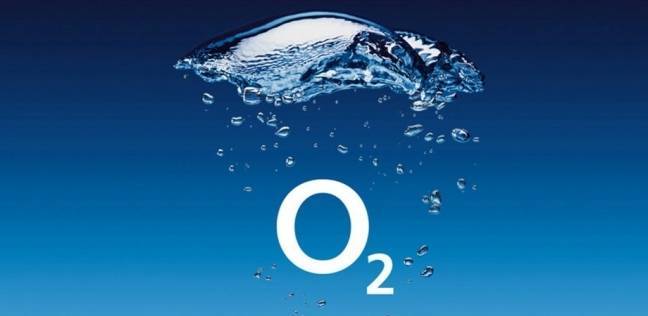The first organisms to breathe oxygen appeared around 1.3 billion years ago, according to new genetic analysis conducted on dozens of microbial families.
This discovery is surprising because the Great Oxidation Event, which filled Earth's atmosphere with this precious gas, occurred only about 500 million years later. Patrick Shih, an evolutionary biologist at the University of California, said, "I was thrilled to see this paper because the emergence of proteins that can use oxygen represents a key step in the appearance of aerobic microbes capable of utilizing oxygen." Tim Lyons, a biogeochemical chemist at the University of California, Riverside, commented, "The transition from a world that was mostly anaerobic to one that was mostly aerobic was one of life's major innovations."
When was oxygen gas discovered? Scientists agree that the atmosphere was completely devoid of oxygen, but there are signs that some oxygen was present nearby. For instance, geochemical scientists have found mineral deposits dating back 3 billion years that only form in the presence of oxygen. Some evidence also suggests that cyanobacteria, considered among the oldest photosynthetic organisms that produced oxygen through their photosynthesis, may have originated around 3.5 billion years ago.
Critics responded that if oxygen-producing and consuming organisms existed earlier, they would have spread rapidly across the globe, as using oxygen allows living organisms to harness more energy from their food. However, the Great Oxidation Event did not occur until about 2.4 billion years ago. Dr. Dan Tufek, a biochemist at the Weizmann Institute of Science, decided to explore this dilemma from a different angle. He analyzed the genomes of 130 families of prokaryotes, the living relatives of what are considered the oldest microbes, bacteria, and microorganisms on Earth.
He created an evolutionary family tree using genes from about 700 vital proteins of microorganisms that use or produce oxygen, and then employed a long-established approach to track the potential mutation rate of these proteins to build a "molecular clock." This clock enabled them to determine when each of these enzymes likely evolved. Among the 130 families of organisms studied, Tufek was able to confidently identify 36 families. He stated, "We saw something truly remarkable, which is clear evidence of microbes that used oxygen between 3 billion and 3.1 billion years ago." It appears that 22 out of the 36 families emerged during that time, while 12 families came later, and only two seem to have appeared earlier.
Overall, the analysis suggests that around 3.1 billion years ago, a living organism recognized as the last universal ancestor of oxygen emerged, leading to the development of aerobic bacteria that were able to take advantage of the increased energy production offered by the use of oxygen. This, in turn, resulted in the existence of multicellular organisms and animals, and of course, us.




